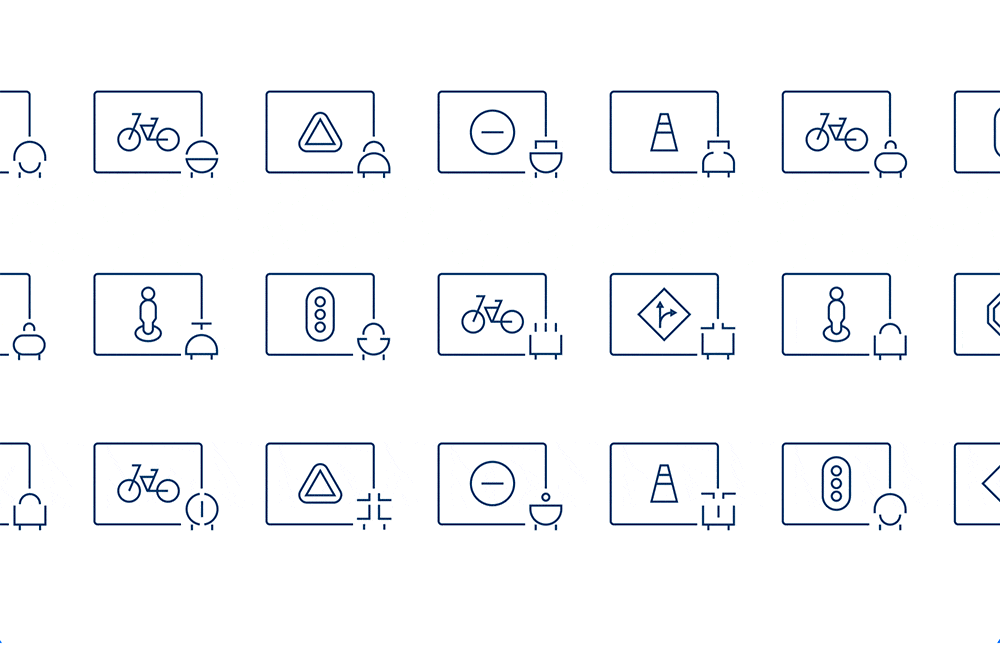Forward-looking: The two Alphabet-owned companies are collaborating to apply a novel approach to optimizing autonomous driving models. This may be one of those simple yet effective ideas that can spearhead development of one of the most disruptive innovations of our time.
Alphabet subsidiary Waymo drives an ambitious autonomous driving and robotaxi project and has taken on the monumetal task of creating an AI that can be trusted to do something that requires enormous computational power and is a time sink to test and tweak to perfection.
With the help of sister company DeepMind, it might have found an interesting new way to improve AI algorithms and make the whole process faster and more effective. The technique is called population-based training, and draws inspiration from evolutionary biology.
The two companies detailed the collaboration in a blog post, which uses know-how from a previous DeepMind project where it sought to train a neural network called AlphaStar to beat humans at StarCraft II. Now it will use this to train AI to detect pedestrians, cars and various other objects in traffic.
In a nutshell, neural networks are AI models that go through numerous training sessions where they're given sample data to crunch and adapt as a result of this process to produce increasingly more accurate results. In other words, it's an endless stream of trial and error.
Traditionally, some of the development that Waymo has to do is manual work. This is where DeepMind comes in, who helped streamline the search for the best "hyperparameter schedule," one of the key tasks in the process. Simply put, a researcher can fine-tune the training regimen using experience and intuition, altering important characteristics like the neural network's learning rate.

The way this is achived is by throwing lots of computing power at the problem and weeding out weak AI models by hand. This isn't particularly effective nor time-efficient, so Waymo is now trying population-based training instead. This works in a somewhat similar way to biological evolution, in that it creates an automated environment that favors the top performing AI models.
The new technique uses them to constantly replace the lower performing models with what are essentially copies of the better performing ones that incorporate small tweaks, or "mutations" if you will. Every cycle sees the whole group getting better as it pushes neural networks to compete with each other for "survival."
Speed and efficiency aren't the only advantages in this approach, as Waymo engineers no longer need to restart the training over and over again. They simply use copies that are dynamically updated throughout instead of only at the end. Add to that the additional testing done in the real world, and you have yourself a recipe for a potentially good AI.
Other companies like Tesla and Uber are also scrambling to get their own self-driving cars on the streets, but so far Waymo seems to be in a better position to take the crown in this race. In the meantime, it's interesting to look at the journey that will make self-driving tech commonplace.
